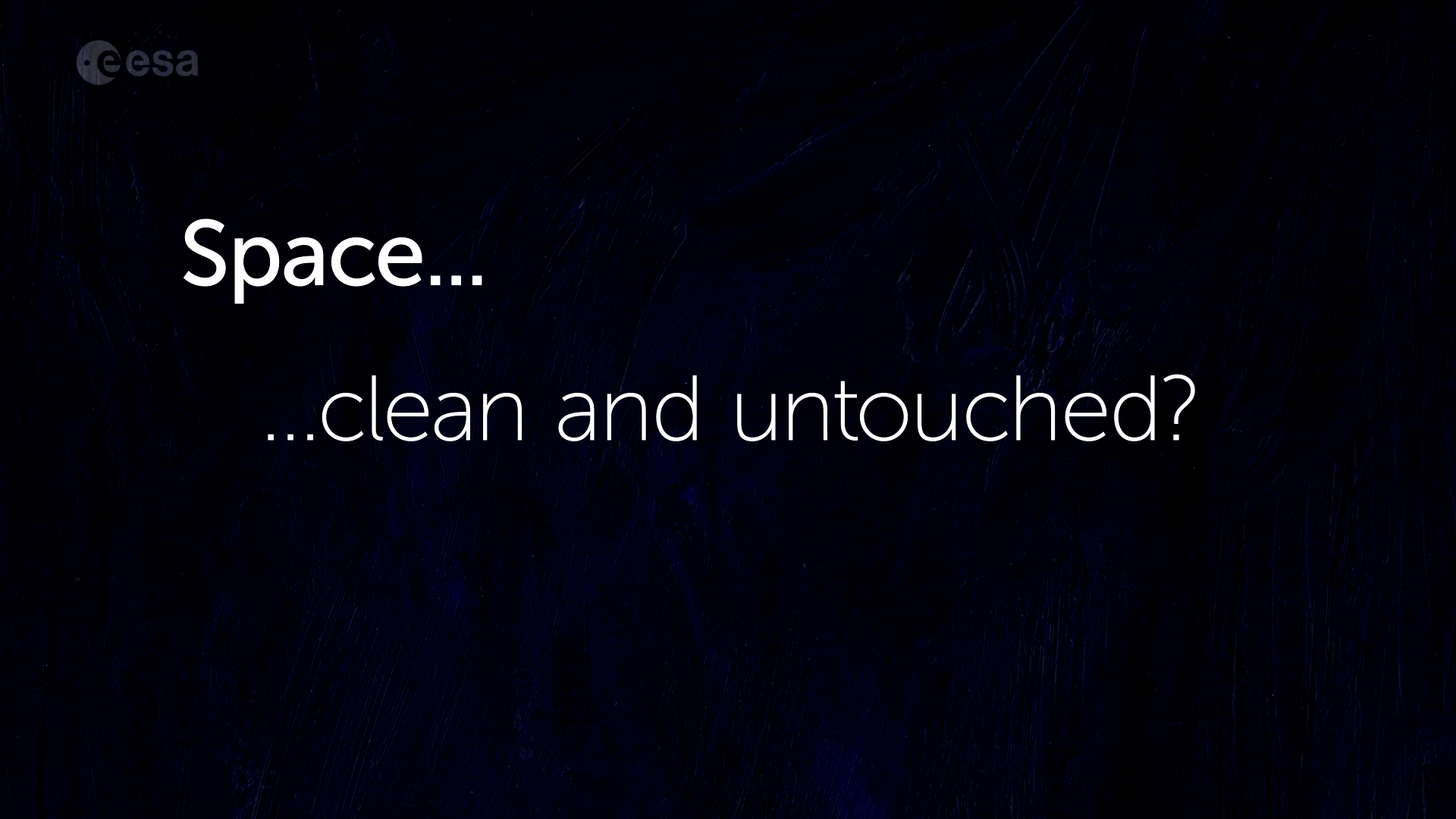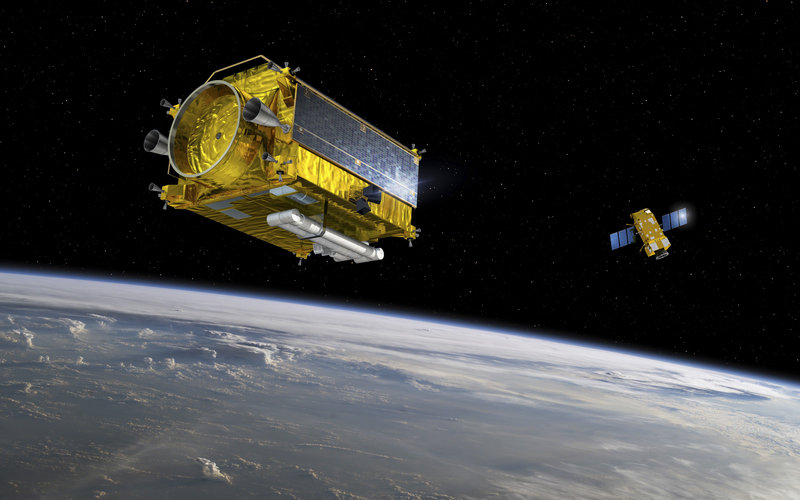The Challenge
The clean way is the right way


Access the video
ESA is pioneering an eco-friendly approach to space activities. On the ground, that means adopting greener materials, processes and technologies. In space, it means preserving Earth’s orbital environment as a safe zone, free of debris.
The Agency aims to turn environmental challenges into opportunities for European space industry.
The clean way is the only way
The Agency aims at complying with current and upcoming regulations. This marks the first step in the process of transitioning its activities to a more sustainable footing through the adoption of clean technologies.
While space may be a low-volume industry when compared to other terrestrial industries (for instance, there are millions more cars produced each year than there are satellites), space activities can have a wide reach: rocket launches, for example, are the only human activity that affects all segments of the atmosphere.
Competitiveness and innovation
While it may seem tempting to adhere to the lowest environmental standards for as long as possible, it is smarter to comply with the most stringent rules, and do so before they are enforced. Environmental regulations in Europe have implications for space programmes, the most immediate implication being the disruption of qualified materials and processes.
New legislative demands and regulations such as the European Commission’s regulation on the Registration, Evaluation and Authorization of Chemicals (REACH) and Restriction of Hazardous Substances (RoHS) directive overseeing toxic substances threaten to impact the space industry by imposing potential limitations on currently essential materials.
Action is necessary to turn a threat into an opportunity.
Enterprises that focus on meeting emerging norms gain more time to experiment with materials, technologies and processes and this yields substantial first-mover advantage in terms of fostering innovation, which will enable agencies like ESA to change the way they think about technologies and processes.
One challenge, three solutions

Since the beginning, ESA Clean Space initiative has been systematically considering the entire life-cycle of space activities, from the early stages of conceptual design to the mission’s end of life – and even beyond, to removal of space debris.
Clean Space has three branches, reflecting its mission to assess the environmental impacts of Agency programmes to finding ways to address them, and contributing to a more sustainable and competitive European space industry.
These branches are:
- EcoDesign: embedding environmental sustainability within space mission design
- CleanSat: developing technologies to prevent the creation of future debris
- In-orbit servicing/Active Debris removal: removing spacecraft from orbit and demonstrating in-orbit servicing of spacecraft.







